Virtual Reality: Is this the future of veterinary nurse education?
Advanced technology like Virtual Reality (VR) and Artificial Intelligence (AI) have taken the 2020s by storm with their abilities to enhance and improve our daily lives. VR in particular has opened up a new world of experiences for video gamers and tech enthusiasts alike, but less has been said about VR’s potential to shape our future workforce.
Hands-on career roles, like veterinary nursing, require practical training and education for individuals to hone their craft and build the skills to tackle real-life working scenarios. Traditionally, this can mean practising within mock conditions using real or counterfeit props. However, this style of training raises issues relating to sustainability and the level of realism portrayed, when, for example, simulating situations involving live animals.
This is where the impact of modern technology like VR is particularly powerful.
What is Virtual Reality (VR)?
Virtual Reality (VR) is an advanced technological experience, which allows users to immerse themselves in a computer-generated three-dimensional environment appearing to be real. Users are able to interact with and even manipulate their surroundings within this virtual world using interactive devices like gloves or a body suit, which are linked to the system’s main component, a headset.
Most of us are aware of VR’s standing within the entertainment space, heightening our experiences of media through 360 films and immersive video games. As the technology continues to evolve, VR has begun to form the basis of innovative solutions across a wide range of industries. Architects can now use VR to better envisage the structure of a physical space, while retailers can showcase new products with virtual showrooms.
VR in education
In education, we are increasingly seeing the benefits of tools like VR in teaching and training. Not only is learning through VR more engaging and memorable, but it can also aid in the understanding of complex concepts. Where practical fields like veterinary nursing are concerned, VR provides the opportunity to learn through experience in an accessible and risk-free environment.
According to research by PWC, it was recently found that VR-trained employees are up to four times faster to train than traditional classroom learners, and 40% of VR users feel more confident applying what they’ve learned.
VR in veterinary nursing education and training
The veterinary nursing profession has long sought a new solution to hands-on training that not only allows students to build their practice skills without high pressure or risk but also reduces waste of physical resources. VR technology might just be the answer, offering an abundance of benefits:
Students can develop and refine their practical skills in real time, interacting with lifelike patients, clients and materials without posing sustainability-related or ethical issues.
“Learner-centredness”: Training and education can be customised to the needs and competency level of the individual student, with access to a limitless scope of materials and specimens on which to train.
VR technology can be experienced anywhere at any time, increasing students’ opportunities to train while reducing the need to commute and therefore minimising transport emissions.
In the digital world, the supply of “things” like practice materials is endless. While we are making great strides in veterinary nursing education to reduce our environmental impact, VR technology may be able to obviate the need for material waste entirely. This can also help in shrinking the cost of training long term.
The Immersive Learning Factory
The Immersive Learning Factory have announced the launch of their ground-breaking VR Anatomy and Physiology App, designed specifically to enhance the education of veterinary nurses and veterinarians. This state-of-the-art app is now live and ready to transform the way students learn animal anatomy.
This interactive app provides an unmatched learning experience, allowing students to explore the muscular, skeletal, organ, circulatory, lymphatic, and nervous systems of animals in breath-taking detail. Users can engage with fully interactive, labelled components and examine each system layer by layer for a comprehensive and immersive view of animal anatomy.
Some of the app’s key features include:
Detailed Diagrams: Each part of the anatomy is accompanied by detailed diagrams and concise summaries explaining its function.
X-Ray View Mode: A unique X-ray panel feature that allows users to look inside the body, offering an unprecedented perspective on animal anatomy.
Vaughn Lawson, Lead Developer of The Immersive Learning Factory, says:
“This app is set to revolutionise veterinary education by offering a hands-on, immersive experience that perfectly complements traditional teaching methods. To see the app in action, don’t miss our new demo video showcasing its incredible capabilities, and sign up to a free 30-day trial to see for yourself how it will shape the future of veterinary education.”
Phase 2 of the app is coming soon. Programme users will benefit from free further updates and additional features including detailed animations of how muscles interact with joints, how the heart looks and sounds when it pumps, and more.
Discover the future of learning today: https://www.meta.com/en-gb/experiences/veterinary-anatomy-and-physiology/27397711593177910/
VR in OSCE preparation
The Immersive Learning Factory have also produced VR-powered OSCE preparation technology, which allows learners to test their readiness for exams and effectively revise through a technological experience that realistically mimics VetSkill’s core Veterinary Nursing OSCE tasks.
Here’s what delegates at BVNA Congress 2024 thought:
“This is so clever and would be so useful for our VN learners” – Lecturer, Northumberland College
“For me, this has combined theoretical and practical learning in an engaging way” – Registered Veterinary Nurse
Want to get your hands on this innovative resource at your VetSkill approved centre? Get in touch with Vaughn from Immersive Learning Factory at vaughn@immersivelearningfactory.com.
For further information on becoming an approved VetSkill centre, please visit: Become a Centre — VetSkill. Kiera from the VetSkill Quality Assurance Team will be in contact to arrange an initial meeting to discuss the process and provide support and guidance throughout.


